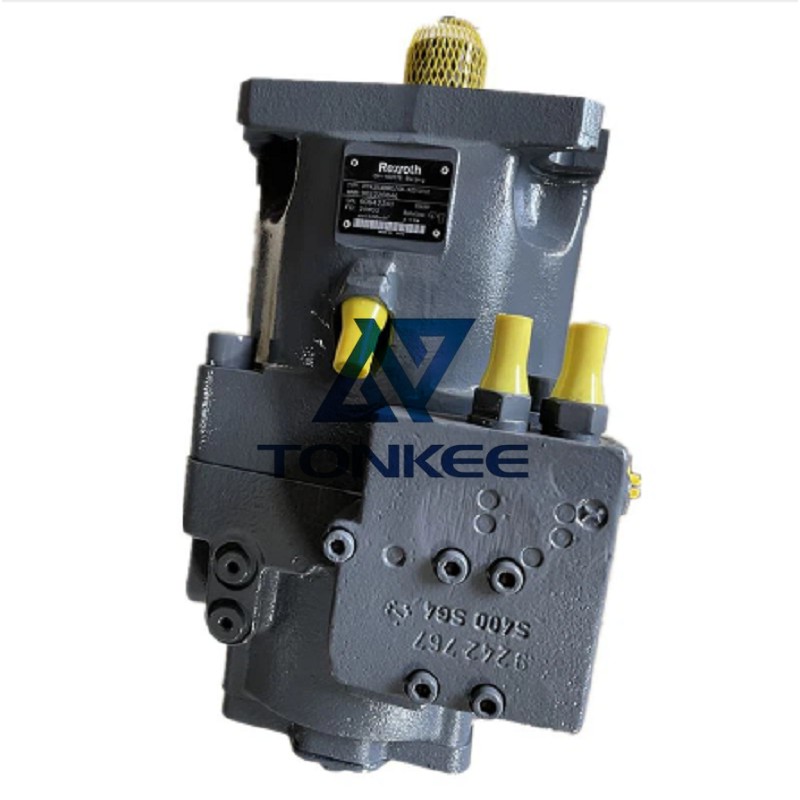
Cylinder Block: The cylinder block houses the pistons and cylinder bores.
It is made from high-quality materials such as cast iron or steel to provide strength and durability. The cylinder block has precise machining to ensure optimal piston movement.
Pistons: The pump contains multiple pistons that reciprocate within the cylinder block. They are responsible for generating hydraulic pressure. Pistons are typically made from high-strength alloy steel and feature a specially designed surface to minimize friction and wear.
Valve Plate: The valve plate acts as a distribution mechanism for hydraulic fluid. It contains various valves and ports to control the flow direction and pressure. Valve plates are typically made from steel or aluminum alloy and have precise machining for smooth fluid flow.
Retainer Plate: The retainer plate holds the pistons in place within the cylinder block. It ensures proper alignment and prevents piston movement during operation. Retainer plates are often made from sturdy materials like steel or reinforced plastic.
Swash Plate: The swash plate is a crucial component that converts rotational motion into reciprocating motion. It consists of an inclined surface that pushes the pistons back and forth as it rotates. Swash plates are usually made from hardened steel to withstand high loads and provide long-term reliability.
Drive Shaft: The drive shaft connects the pump to an external power source such as an electric motor or an engine. It transmits the rotational force to the swash plate, initiating the reciprocating motion of the pistons. Drive shafts are typically made from hardened steel or alloy steel for strength and durability.
Bearings: Bearings support the rotating components of the pump, such as the drive shaft and swash plate. They reduce friction and ensure smooth operation. High-quality bearings with proper lubrication are used to enhance efficiency and extend the pump's lifespan.
Seals: Seals are crucial for preventing hydraulic fluid leakage and maintaining system efficiency.
They are installed in various locations, including the cylinder block, valve plate, and retainer plate. Seals are typically made from materials like rubber or polyurethane, known for their excellent sealing properties.
Port Connections: The pump features port connections for hydraulic fluid inlet and outlet. These ports allow the pump to be integrated into a hydraulic system effectively. The specifications of the port connections, such as size and thread type, may vary depending on the application requirements.
Housing: The pump housing encloses all the internal components, providing protection and support. It is commonly made from cast iron or aluminum alloy, offering strength and corrosion resistance.




